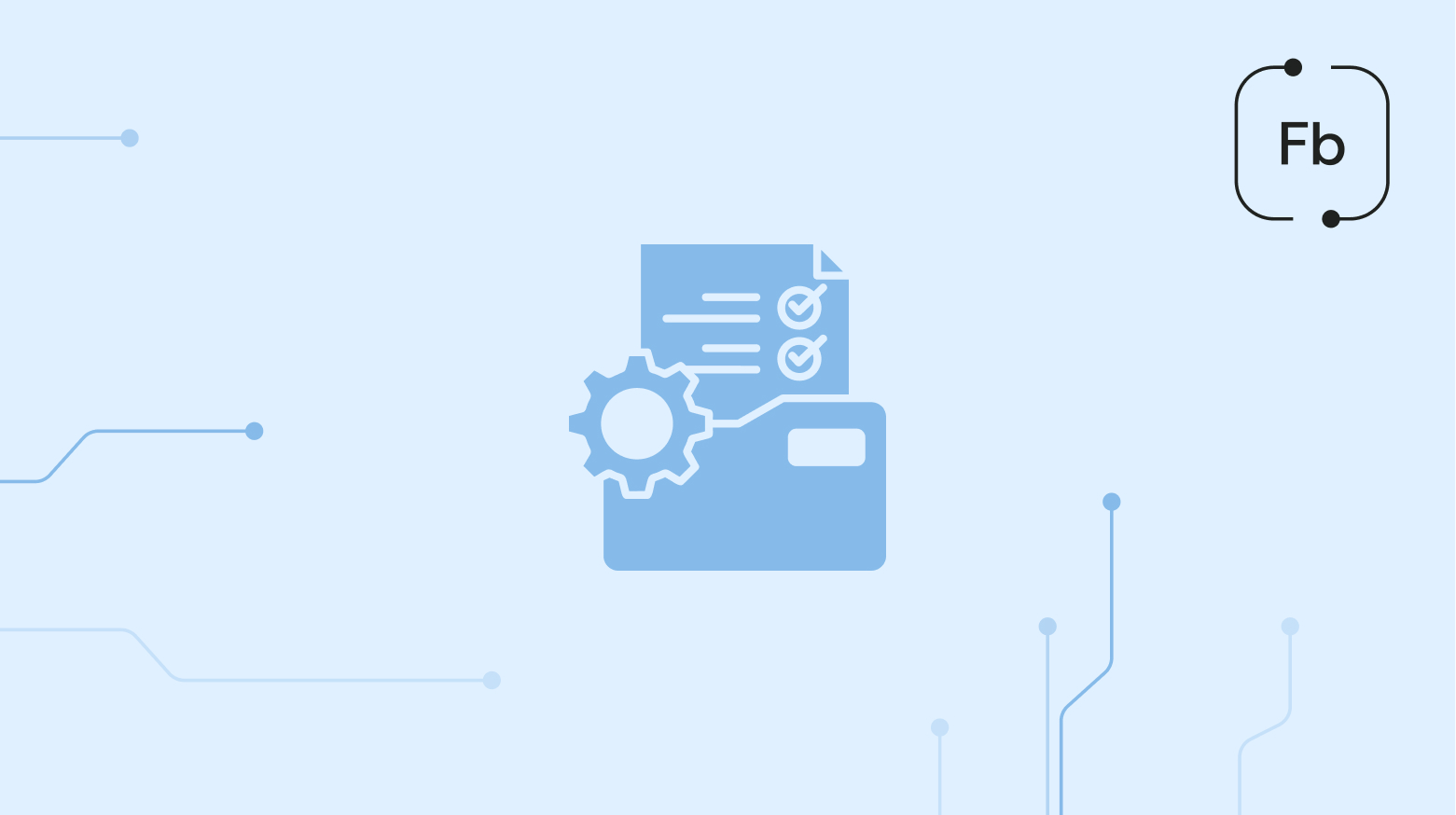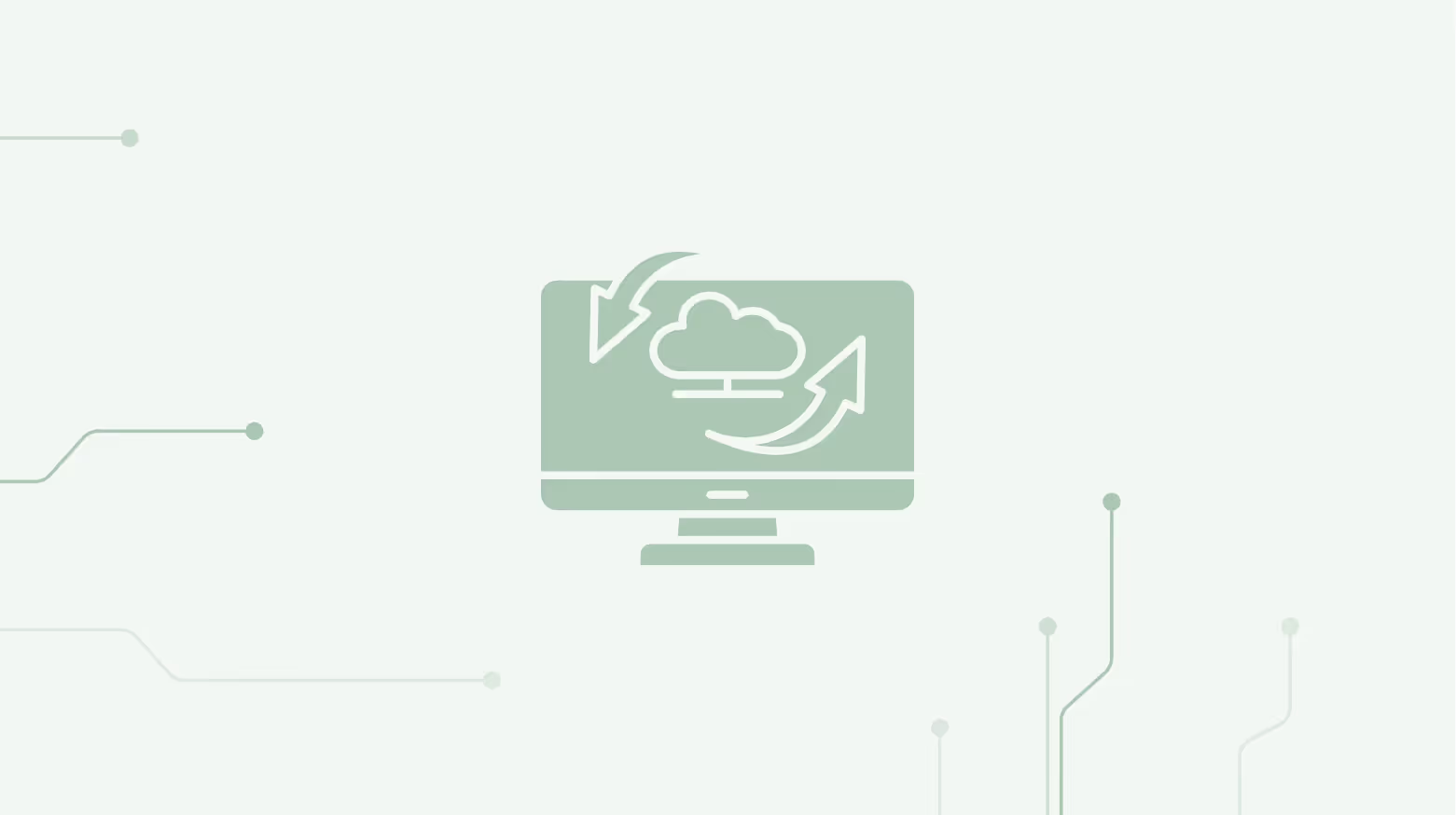
Not once, and not even twice, our clients asked us about the Meta & Facebook Ads Library API: why needed, what it’s for and for whom, and what kind of data it really gives.
You asked. We answer.
So, we decided to dig in ourselves to see what Meta actually offers, how the Facebook Ads Library API works in practice, and when it makes sense to use it (and when it doesn’t).
Here’s what we found.
A story from real requests, honest tests, and a few unexpected lessons. Curious? Just keep reading.
Overview
- Meta & Facebook Ads Library API provides public ad transparency data, not performance metrics. Designed for research, journalism, compliance, and policy monitoring, not marketing optimization.
- Meta & Facebook Ad Library API works through Graph API with OAuth tokens and returns ad creatives, spend ranges, impressions, disclaimers, pages, and dates, yet does not include clicks, conversions, targeting, or engagement data.
- Data365 Social Media API offers structured Facebook ad data + public reactions, comments, profiles, and discussions.
- Data365 supports real-time and historical retrieval of publicly available data, delivered in a unified JSON format, filtering by keywords/pages/dates/regions, and high-volume stable pipelines with 99.9% uptime.
Facebook Ads Library API: Expectation vs. Reality, Or The Truth To Be Told
Facebook Ads Library API sounds like every marketer’s dream, right? One API, all Meta ads: Facebook, Instagram, Messenger, Audience Network.
Insights galore? Not exactly.
The truth? It was never built for marketing.

Yep, the Meta Ads Library API was built for transparency and accountability, not marketing optimization.
It came out of political and issue-ad regulation pressures to let journalists, researchers, watchdogs, and regulators see:
- Who paid for an ad (funding entity);
- What the ad looked like (ad creative, ad text, media asset);
- When it ran (ad start date, ad end date);
- How much it spent (spend range, currency, impressions);
- And what disclaimers or topics it covered (political ads, issue-based ads, ad disclaimer, etc.).
Its core audience is compliance and transparency professionals, not marketers or growth teams.
It doesn’t mean marketers can’t use it, but it just doesn’t expose what they actually need:
- No audience targeting, performance, or conversion data (that’s what the Facebook Marketing API does).
- No engagement metrics beyond impressions — no likes, comments, or shares.
- No segmentation or campaign management endpoints.
- Strict rate limits and no real-time updates, meaning it’s not scalable for optimization workflows.
So marketers who want to:
- Benchmark ad performance;
- Analyze creatives by engagement;
- Understand audience reactions or brand sentiment.
…won’t find those answers inside the Ads Library API alone. It’s also a work for Facebook Marketing API or alternative solutions.
Difference? In short:
- Meta Ads Library API: “Who ran this ad and what did it say?”
- Marketing API: “How did my ad perform and who saw it?”
Not exactly what you expected for? Then feel free to skip it all and learn more about what Data365 Social Media API offers.
Facebook Ads Library API Documentation: To Learn What You Actually Get
Nobody reads user manuals. But should.
So, to really understand what the Meta & Facebook Ads Library API does (and doesn’t), we went straight to the source — Facebook Ads Library API documentation.
Where? As usual, deep inside the Meta for Developers site, buried somewhere in the Graph API section (because why make it easy?).

The Meta Ads Library API lives within the broader Graph API ecosystem, running on the same technical foundation that powers the Facebook Marketing API, Instagram Graph API, and Messenger APIs.
The Meta Ads Library API documentation explains it all in the classic developer way: clear endpoints (/ads_archive, /ad_creatives, etc.), well-defined parameters, and a setup process (details on it are in the next chapter, by the way).
So, if you need transparency and accountability like who funded what, keep reading. If you also need to understand reactions and what happened next, skip ahead to Data365 part.
Facebook Ads Library API Access: Quick Guide On How It Works in Real Life (If You Still Need It)
Promises are great. Reality… less so.
So, how does it really go straight from the Meta docs to the real world? Let's see.
First, you create a Meta developer app through Meta for Developers (yes, the same portal behind Meta Business Suite and every other account setup maze).
Then comes the OAuth 2.0 sequence: you generate an access token, validate permissions, store it somewhere safe, refresh it when it expires, etc.
Once that’s done, you finally hit the Graph API endpoint (while the token is alive), usually /ads_archive, and start pulling data. The response arrives as JSON output, with fields like:
ad_idpage_idad_creative_bodyspend_rangeimpressions
On paper, this looks clear.
In practice… it costs time. And patience. And coffee.
In addition to the fact you need to pass registration and OAuth 2.0 initiation, you should remember the following things:
- No asynchronous requests. Since the Ads Library API isn’t async, you can’t run multiple large queries in parallel. Thus, say “goodbye” for large-scale data extraction.
- Rate limits. You can only make a certain number of calls per minute. Yes, Meta doesn’t share exact limits, but be sure they are there and, knowing Meta, they’re tight.
- Bulk queries = pagination carnival. Want 10,000 ads? Get ready to scrolling through 25-items-per-page slices. Over. And over. And over.
- Access token rules. And the cherry on the top is that each access token has its own throttle (Facebook Ads Library API access token is no exception) and expiration time, so big extractions often turn into a juggling act of tokens, validations, and patience.

That’s when we realized something critical: asynchronous requests aren’t just a developer luxury, they’re a necessity for large-scale social data projects. And you can jump for the solution here.
Facebook Ad Library API: Get Active Ads Feature Explained
Alright, you don’t give up easily. Respect.
Okay, so we’re going deeper. Good.
So, here is another thing people ask about a lot: “Can I and how to see ads that are running right now?”
Actually, it's a work for Facebook Ad Library API Get Active Ads feature.
To view currently running ads, the Ads Library API uses a simple parameter ad_active_status=ACTIVE. In human language, it's: “Only show ads that are live — not expired, paused, or archived.”
When you request active ads, you get JSON output that can include:
- ad text (
ad_creative_body); - headline (
ad_creative_link_title); - image or video reference (
media asset); - who is running the ad or the advertiser page (
page_name, page_id); - when the ad started running (
ad_delivery_start_time); - link caption (
ad_creative_link_caption); - political ads or issue ads (
funding_entity, ad_disclaimer); - currency, spend, and impressions (shown as ranges, not exact numbers).
This is the way to see what ads are being pushed right now, in real time, across Facebook, Instagram, Messenger, or Audience Network.
And what about Facebook Ad Library API get active ads count? Forget about it, at least of getting it by the request. Certainly, you can do that manually… Straight after you get a request results in paginated batches, and then count them manually while iterating through pages…

Yet, keep in mind, this shows you the ad itself, not how people react to it. Just because that’s a different type of data. Need one? We know where to get. Let’s move to the next chapter.
Meta Ads Library API Documentation Reality: When You Actually Need To Use Data365 Alternative
If you’re reading this part, chances are the Meta & Facebook Ads Library API didn’t fully meet the goal you came here with. And that’s not a failure, it’s simply a limitation of what the Ads Library API was designed for.
Facebook Ads Library API shows the ad. But not the environment or the story around it. This is where Data365 steps in as a full-featured alternative.
Data365 API for Facebook Ad: Let’s Skip Theory And Talk Solutions
So what does Data365 Social Media API actually provide? Clean, structured, real Facebook ad data, including creative elements, captions, images, video previews, publisher profiles, active duration, sensitivity flags, campaign notes, and more directly in JSON, ready for analysis or automation.
In short, Data365 API gives you both:
- The ads themselves (creatives, call-to-action, targeting context when public, etc.);
- And what happens around them (public reactions, discussions, narrative spread, sentiment shifts).
And yes, you can filter all that data to get only what matters most for you:
- By keywords;
- By page or profile;
- By language;
- By date range;
- By publisher platform (Facebook / Instagram);
- By whether the ad is active or archived;
- By topics;
- By region (where publicly available).
No pagination marathon. No “count active ads manually page by page” madness. You request exactly what you need. You receive exactly that. Already want to try? Book a call here.
Data365 Social Media API: When You Need Even More
And when do you need more than the ad? This is where Data365 makes the real difference.
Because you can also use Data365 API for raw, real-time or historical (but not pre-cached) public social data, structured and delivered in JSON output. Posts, comments, profiles, discussions, reactions when they appear in real feeds and public pages, not just inside a transparency index.
You define what you need (keywords, accounts, hashtags, topics, geolocations, etc.) and the data arrives already clean, normalized, and ready to be used for:
- AI / ML models, LLM fine-tuning workflows;
- Trend & sentiment detection;
- Cybersecurity intelligence & threat monitoring;
- Market research and competitive intelligence;
- Academic or investigative research projects;
- And any other purposes.
No proxy juggling. No rate-limit roulette. No OAuth 2.0 obstacle course.
Data365 has been focused solely on public social data extraction since 2018, optimized for real production environments, not demos:
- Stable high-volume streams with 99.9% uptime;
- Access to the most popular social media platforms;
- Unified schemas (so you don’t spend weeks writing converters);
- Simple Data365 API integration in Python, Java, Go, Node.js, or whatever your pipeline runs on;
- Actual human support when something needs to move faster or scale longer.
Everything complicated like API quirks, request balancing, pagination, platform changes are already solved on our side behind the scenes. You just work with the data.

Seeing is believing. So, here is a short real example from our practice.
A Canadian data-science company used Data365 API to monitor over 315,000 profiles and detect bot networks as part of a campaign to fight social-media manipulation.
They traced manipulation services, mapped price discrepancies, identified regions where demographic shifts occurred and significantly reduced fraudulent influence. The Data365 API made this possible by delivering the public data they needed at scale.
So, if your goal isn’t just “which ad ran” but also “what happened after it ran”, then your tool needs to do more than capture the message. It needs to capture the movement. That’s Data365’s world.
Meta & Facebook Ads Library API: Transparency Is Great, Understanding Is Better
So here’s the real takeaway: use the Ads Library API when the job is documenting the message, and use Data365 API when the job is also about understanding the movement.
The Meta & Facebook Ads Library API does exactly what it was built to do: show what was advertised, by whom, when, and with what messaging, and how much it spent. If your task is compliance, policy monitoring, or journalism, then it’s a solid, necessary tool.
But if you came here because you also needed to get market insights and/or understand impact, behavior, sentiment, spread, influence, or emerging trends, you were looking in the wrong place.
Because:
- Transparency tells you what was said.
- Understanding tells you what it meant.
And meaning comes from reactions, replies, discussions, amplification, pushback, and how narratives shift across communities. And that’s exactly what Data365 was built for.
Stop guessing. Start knowing. Let’s talk and get you the real data.
Extract data from five social media networks with Data365 API
Request a free 14-day trial and get 20+ data types








.svg)
.svg)
.svg)






.svg)
.svg)
.svg)
